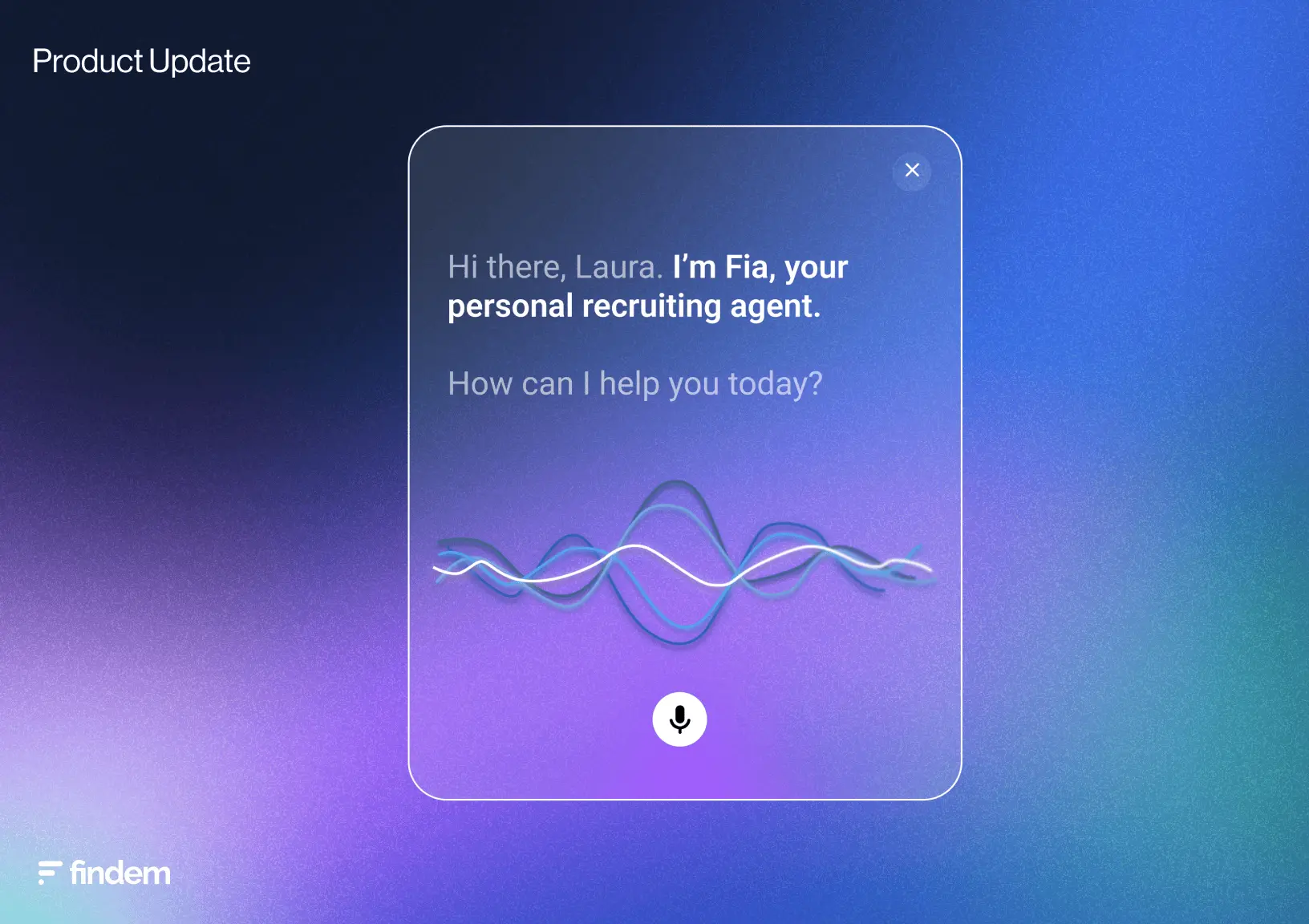.svg)
.jpg)
The recruiting tech marketplace has expanded at a rapid rate in recent years and is showing no signs of slowing down. That said, it can be daunting to research and assess what tools talent acquisition teams actually need to succeed. According to annual recruiting trends report, 64% of talent teams increased their tech stack last year, yet 80% want to consolidate tools. Aligning and optimizing your tech solutions to work seamlessly with each other is key to an efficient, well-functioning recruiting department.
Having the right recruiting tech stack is critical to supporting the needs, goals, and protocols of your talent acquisition team, from sourcing, to outreach, to scheduling interviews, to tracking the efficiency and effectiveness of the hiring process.
Here are 4 steps you can take to optimize your recruiting stack for 2021 and beyond.
1. Be clear on your team’s goals
Before you commit to any decisions about recruiting technologies, it’s important to take a step back and outline your goals. Your recruiting tech choices should align to your overall recruiting strategy. Different tech solutions are better for different applications.
For example, if you want to decrease your cost per hire and improve efficiency in the hiring process, looking into sourcing automation solutions and time-saving tools is important.
Likewise, if you want to build a more diverse team, technology that helps you understand the diversity of your talent pool and pipeline, blind hiring tools and AI-based technology that helps you to find and prioritize diverse hires should be a central part of your tech stack.
Any new technology you choose should be able to clearly demonstrate its value to your organization before you commit to purchasing it – and that value begins with outlining your goals.
2. Embrace the power of automation
Developments in automation have ushered in a suite of powerful technology solutions to streamline the tedious, manual aspects of talent acquisition. You can’t automate everything, but maximizing the potential of recruiting automation can make all the difference to your team, reducing burnout rates and helping them to meet hiring goals faster and more efficiently.
Something else that’s important to consider is scalability. Are your current resources sufficient if you suddenly have to hire 100 more people? It’s worth considering solutions that can help you scale your team with technology at a predictable cost.
3. Unify your tools and solutions
Different solutions may work well on their own, but bringing them all together into one, seamless ecosystem is best for efficiency and transparency. Implementing a variety of solutions that solve different parts of the recruiting puzzle might seem like a good idea at the time you bring on each one, but it can create headaches down the line for your team. If those tools can’t communicate with each other you run the risk of creating data siloes and duplicative workflows that stifle productivity.
The beauty of building a recruiting tech stack in a thoughtful way is that you can choose the absolute best tools to support your team’s needs, today and in the future. You want to build an ecosystem that makes it easy for employees to sit down at their desk, log in, and have everything right there at their fingertips. When every solution in your tech stack is working together seamlessly, you’ll reap the benefits when it comes to time to hire, cost per hire, recruiter satisfaction and overall team efficiency.
4. Prioritize adoption
Your tech stack won’t provide any meaningful performance improvements if your team isn’t well-versed in how to use each tool or if they simply don’t want to use them.
When thinking about new software to add to your stack, make sure it can be easily adopted by your team.
- How fast is the implementation?
- What goes into employee onboarding?
- How much is there to learn?
- What does the software’s support look like?
- Will it affect your existing processes and workflows?
- Will there be a need for ongoing training?
- How easy is it to expand the solution to new team members?
- Are managed services available to support adoption?
It’s a good idea to hold training sessions when new tech is added and consider periodic meetings to keep everyone up to speed throughout the year, but make sure you bring on technology that is optimized for ease of use and adoption. It’ll pay dividends down the line.
Keeping up with the latest technology…
By identifying the top tools and software in the market, it’ll allow you to take your talent acquisition team to the next level. As innovation continues, and new solutions arise, be sure to keep a constant watch on the market. You never know when a new solution will come along that can drastically improve your team’s workflow, save time, and cut costs for your department.


.svg)








